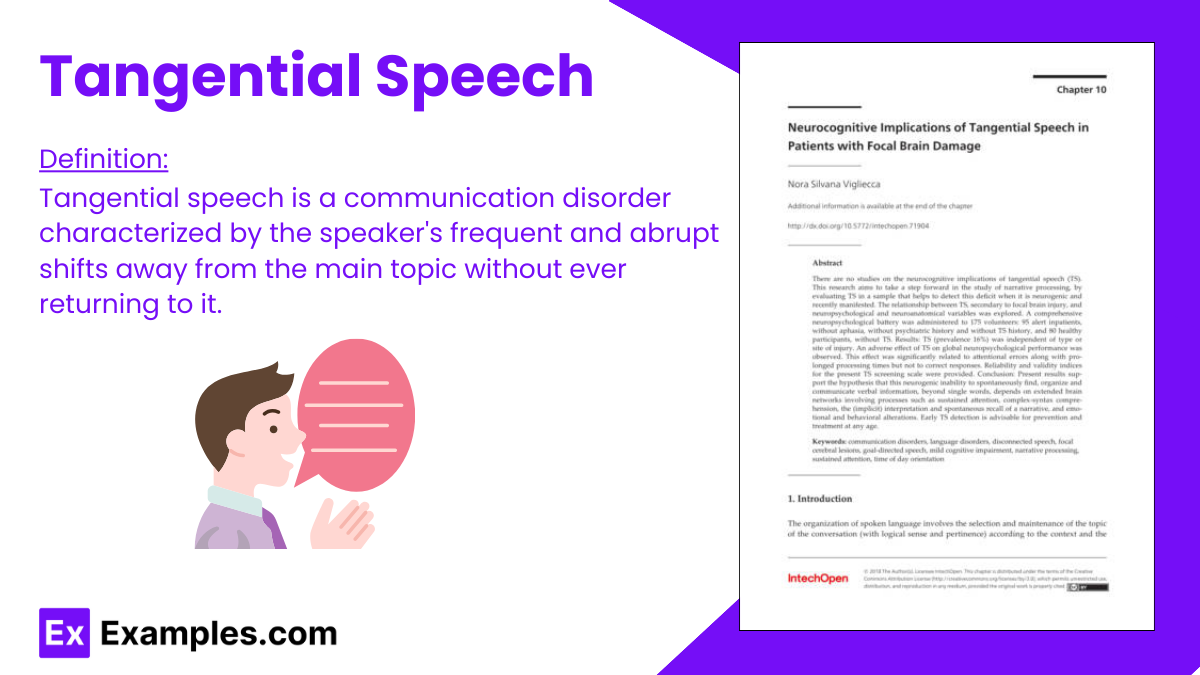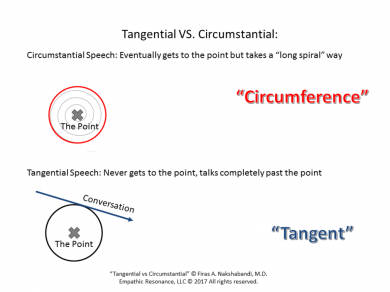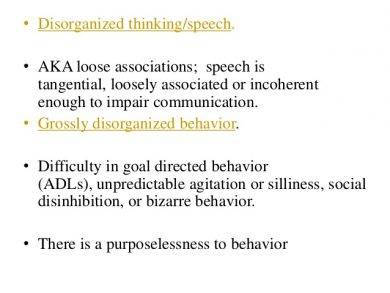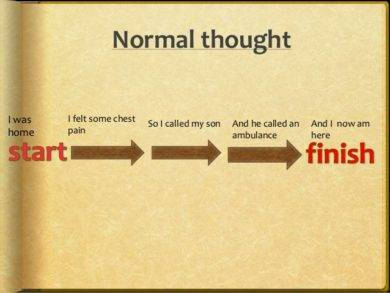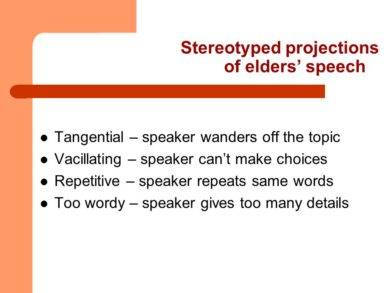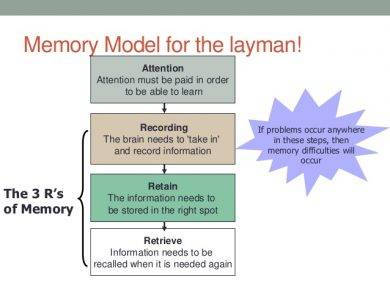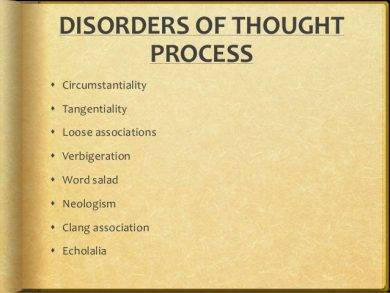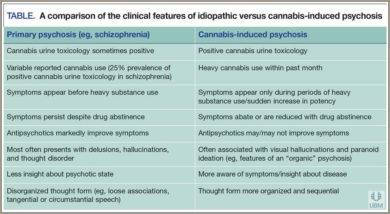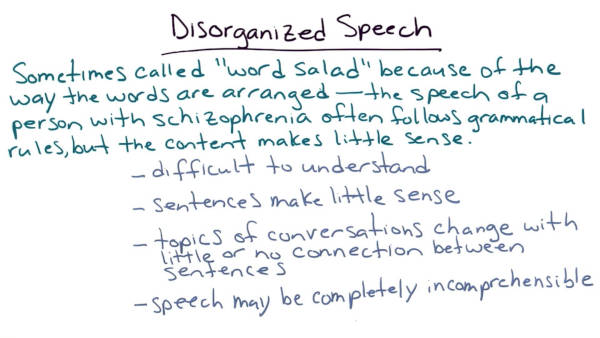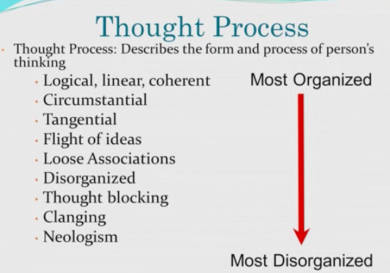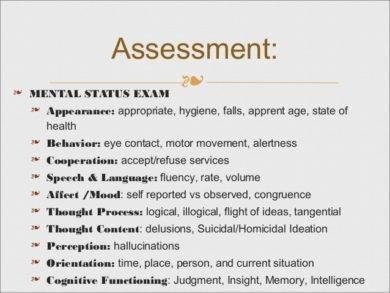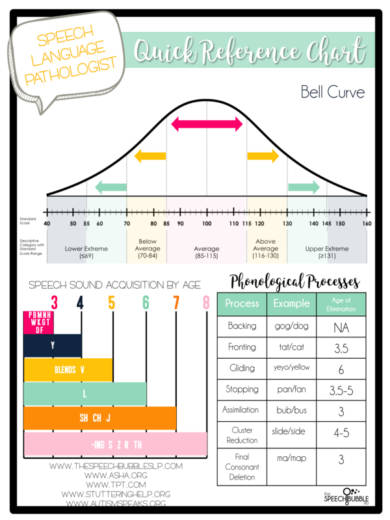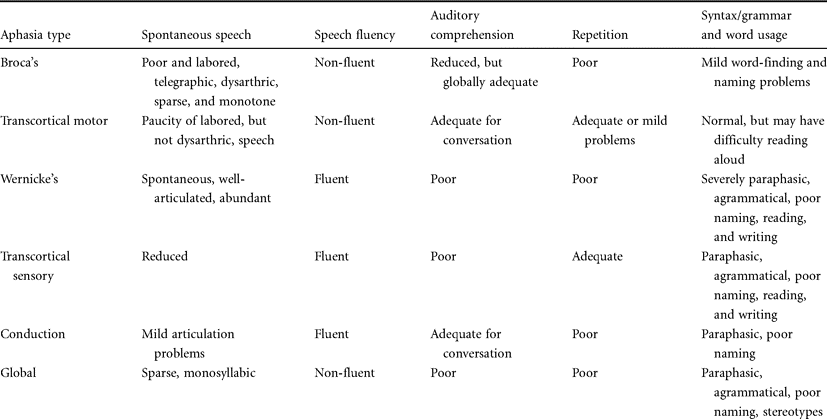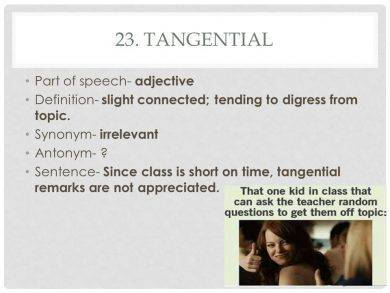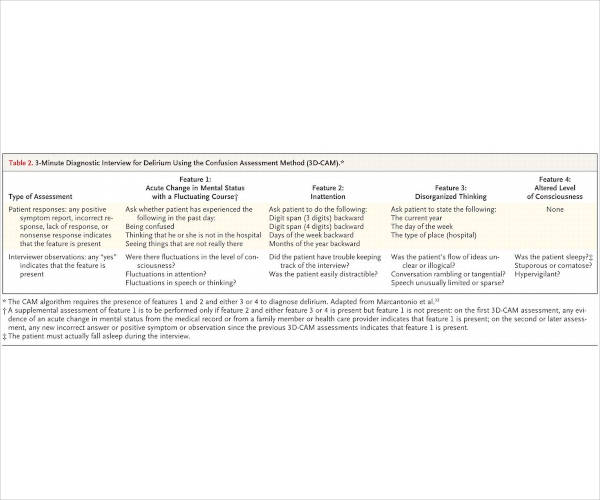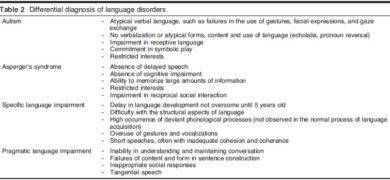19+ Tangential Speech Examples to Download
Writing a speech is never easy. But delivering the said formal speech is something else. At some point when one delivers the speech, he or she may have the tendency to get lost over the course of his presentation.
You may have the risk of delivering a tangential speech, which is known to be a communication disorder in which the train of thought of the speaker wanders and shows a lack of focus, never returning to the initial topic of the conversation. You may also like thank you speech examples.
Sometimes, it is an innate and sometimes it can be prevented. If it just happens to be that the speaker lacks focus, then he or she must first learn on how a speech is being delivered in the first place. It is high time to go back to the basics on how a speech is being delivered. You may also check out campaign speech examples.
What is Tangential Speech?- Definition
Tangential speech is a communication disorder characterized by the speaker’s frequent and abrupt shifts away from the main topic without ever returning to it. It differs from related speech patterns, such as circumstantial speech, where the speaker eventually returns to the original point. Tangential speech can make understanding difficult for the listener and may be indicative of underlying cognitive or psychiatric conditions, though it can also occur in everyday conversation among healthy individuals.
Tangential Thought Process
- A tangential thought process involves thoughts drifting off-topic without returning to the original subject.
- It can appear in conversations as responses that are slightly or completely unrelated to the initial topic.
- Occasional tangential thinking may occur due to distraction or lack of focus in healthy individuals.
- Consistent patterns of tangential thought may indicate underlying cognitive or psychiatric conditions.
- This thought pattern complicates effective communication and can hinder goal-directed activities and conversations.
- Tangential thinking can impact social interactions, making it difficult for others to follow the conversation.
Tangential vs. Circumstantial Speech
Disorganized Thinking and Grossly Disorganized Behavior
Normal Thought Process for Speeches
Stereotyped Projections of Elders’ Speech
Memory Model for the Layman
Disorders of Thought Process
A Comparison of the Clinical Features of the Idiopathic versus Cannabis-induced Psychosis
Sample of a Disorganized and Poorly Written Speech
Disorganized Schizophrenia
Neurocognitive Implications of Tangential Speech in Patients with Focal Brain Damage
Disorganised Speech
Thought Process Most Organized to Most Disorganized
Different Types of Speech Impairments and Its Aspects Part 1
Medication PowerPoint Assessment
Pressure of Speech
Speech Language Pathologist Quick Reference Chart
Different Types of Speech Impairments
Tangential Speech Overview
3-Minute Diagnostic Interview
Differential Diagnosis of Language Disorders
The Basics
1. Choose your topic well.
First, the speaker must be able to choose the topic that he or she is familiar with. But there are special cases wherein the speaker does not have the liberty to select on what topic he or she prefers to speak.
Even if that happens, you are still expected to deliver the speech to the best of your ability. Speeches can be delivered excellently if the speaker loves the topic or when the speaker has conducted sufficient research that the person can nail the topic easily. You may also check out welcome speech examples for more information.
2. Find purpose or thesis.
Why on God’s good earth are you delivering the said speech when you do not even like it in the first place? “Because my teacher told me to” does not count as a reason. If you do not know what your purpose of delivering a speech is or are not even sure of why you are delivering one, then you might as well step down and let someone else take over.
- Thesis is the main point to emphasize. A good speech is made for a good reason: to inspire, to instruct, to rally support, to lead to action, etc. These are noble purposes—and not merely to sound off; feed the speaker’s ego; or to flatter, intimidate, or shame anyone. For more speech examples, you may always browse on our website to provide you with more insight.
3. Get organized.
The best speeches are often done impromptu. Or so they say. But sometimes, even a well-organized speech might also do the trick. The main problem for people who are often too lazy to whip up a speech in the first place is that they tend to get extremely cocky and think that they can just wing the speech easily without having to prepare anything whatsoever. You may also see tribute speech examples.
At the end of the day, they are only deceiving themselves. Because at the middle of the speech, they eventually forget their lines and start spurting out nonsense, making them lose their focus.
Even if you end up reading from a manuscript or bringing some notes at your speech, that is still way better than sounding like some stupid fool unprepared and all that. Always begin with the introduction, followed by the middle of the speech. Then finally, end with the conclusion in mind. If you need further assistance in drafting a speech, you may check out some of the steps needed in speech composition.
4. Get persuasive.
Not all speeches have to be persuasive. Some speeches are there to inform, while there are others that exist to persuade, but the ultimate better goal is to make sure that your audience leaves the room more informed of the said issue at hand. As aforementioned, depending on the content you are going to deliver, you have to decide as to whether it is something that you are going to persuade the audience with or simply to inform them.
Persuasive speeches are best spoken with conviction and passion. Without them, you are just another person just delivering another talk.
When Martin Luther King began his iconic “I Have a Dream” speech, he was not hesitant nor did he show any fear or doubt. He delivered with confidence and expressed his intention through his words in the hopes that people will listen. Here are some introduction speech examples for more information and details if you still need assistance in drafting one.
Making It Effective
1. Choose words wisely.
“While the truncheon may be used in lieu of conversation, words will always retain their power. Words offer the means to meaning, and for those who will listen, the enunciation of truth.
” Taken from the movie V for Vendetta, the main antagonist/protagonist aims to “wake up” London from their current situation of being ruled and oppressed by the High Chancellor Adam Sutler while killing those who have wronged him in the past. You may also see middle school speech examples.
With that in mind, it is important that you learn to choose your words carefully especially when your audience is not your typical audience. Try to avoid complicated words and instead go straight to the point. If you need more speech examples, you can always try checking out appreciation speech examples.
2. Grab their attention.
It comes as no surprise that today’s audience have very short attention spans. Which is probably why a lot of students fall asleep during lectures and often get bored of their teachers rambling without having learned anything in the end. Even when presenting your lessons in a PowerPoint presentation, it does not appear to be enough. There are many ways and means that both speakers and teachers are able to grab the audience’s attention. You may also like leadership speech examples.
You can start off with a story or a joke or even with a quote. That is always the best way to start. From there, you have to keep the momentum going. If done right, you can turn a very boring and technical issue into something fun and educational that people can learn easily. Here are some examples of thank-you speeches for further reference.
3. Focus on your message.
The problem with speeches these days is not the content per se, but the speakers themselves.
They always end up getting sidetracked with their stories, experiences, memories, among others, that they forget they are in front of an audience tasked to deliver a speech. Remember to go back to the reason on why you are delivering the said speech in the first place. What message are you trying to deliver to the public? Focus and you will be fine. For more information, here are more examples of presentation speeches.
4. Illustrate.
There are some people who like movies. There are others who would stick to books. There are people who like both. When directors and filmmakers would usually make film adaptations of books or comics, what do you think is the main reason why it sometimes fails to deliver? You may also check out retirement speech examples.
Detail and plot holes. It is not surprising as to why there are people who usually prefer the book over the movie. But once in a while, there are directors and producers who make the movie just like the book, or even better.
You cannot do that in a speech. In speeches, it is your words doing the presentation. Just like writing a story, it is important that you show and do not merely just tell. If you have enough time, try including some videos, pictures, graphs, graphic content that will make your speech more colorful. To learn on how to properly start a speech, please click on the hyperlink.
5. Think in pauses.
The best actors are equally effective (if not more so) in between their lines. Write pauses, or beats, when you really want a point to sink in. People will automatically take notice—looking, straightening up, and cocking their head to the side and actually hearing the silence. Now that’s commanding a room. Here are some launch speech examples to give you a better idea on how these speeches are normally written.
- Speeches need to be natural, not read off a paper. And when you talk, you have pauses. This is not slowing you down or showing your weakness, it shows that you have this down so well you’re talking about it like an old pro.
After Your First Draft
1. Deliver it to someone.
Before products are released to the public, they are often tested by the manufacturers to make sure there is no defect in the product whatsoever and is ready for public consumption or use, depending on what it is.
Be it a friend, a family member, a teacher, or even a stranger. There is a saying that to give it your all, even when you know that this is just for practice. Afterward, await for feedback from that certain person or from that group of people. Constructive criticism helps a person grow and improve his speaking skills further. Here are some more examples on how keynote speeches are made.
2. Monitor for clarity.
As you speak in front of your practice audience, take note on how you deliver it as well. Are you simply repeating the same thing over again in a different phrase? Can your voice be heard from the back? Are you eating your words? Are they clear and concise enough for everyone to understand? Are there any unnecessary parts in your speech that is better cut out? Review your speeches from time and time again. Here are examples of demonstrative speeches for more details and information.
- If you’re not clear, you could have a good point that goes unappreciated or completely missed. Clarity is possibly the most important quality to look for in your work.
3. Ensure your tone is constant and appropriate.
If it sounds like three different people wrote it, it’ll be difficult to follow. What’s more, if you slip into language that’s condescending or simply over their heads, you’re in an equally hard place. How will the audience find your speech? Here are more examples of acceptance speeches that can serve as further reference.
- Don’t be tempted to get crass or nasty to get their attention. It’ll work, but after you stop the finger-pointing and yelling, they’ll tune you out completely.
4. Write out your final draft.
Once you fully understand on what you need to correct, begin writing down the final draft. Make sure that you have applied the corrections in your new speech to prevent any more errors. Here are some of the tips that you can apply when you write down the final draft. For more insight, you may also check out dedication speech examples.
- Write in your pauses. Unless you are delivering your speech with a copy of the manuscript you have prepared, add pauses not only for the sake of emphasis, but add them so that they may serve as intervals needed to help remember. You may also see ceremonial speech examples.
- Write in body cues. Normally, you would not need to do this as they just come in naturally and most often unscripted.
- Outline the speech on index cards. If you do not intend to read your speech via manuscript, try bringing some index cards to place the outline of your speech to help keep track of the delivery of your speech. You may also like narrative speech examples.
Forming Your Speech
1. Start off with a strong introduction.
As mentioned before, today’s audience has a very short attention span. So even at the introduction, you have to try and keep your audience alive and awake. There are numerous ways to begin your introduction: a joke, a story, a quote, an experience, a memory, etc. Once you have established your introduction, continue with your speech. Here are some more examples of wedding speeches.
2. Build the body of the speech.
Now that you are through with the introduction, it is time to proceed to the meat of the speech: the body. Think it like this: when you are in a fine dining restaurant, you would usually start off with the appetizer, followed by the main course or entree, and finally dessert. And take note, it is usually the main course that makes people full. You may also see after dinner speech examples.
Your speech must be likened to the entree. It must have enough content and enough meat for people to fully appreciate it. It is in the body of the speech that should contain the main points of the issue and support for each one. That list you made earlier? Narrow it down to about three. Which ones are the most convincing? Here are some examples of elevator speeches for further reference.
- Start off with your strongest point.
- Put your weakest argument in the middle.
- End with your second strongest argument.
3. Be aware of your transitions.
Why do you think transitions (words like next, following, afterward, finally, etc.) are very important, especially in the body? Remember that your body is going to be divided into points, subpoints, among others. Transitions serve as an indicator that you finished with point A and that you are proceeding to point B then point C afterward. Let your audience know that you are already in the next point. Here are some orientation speech examples for further reference.
- Transitions should not only go in between points in the body but also after the introduction and into the conclusion. Again, your speech is one cohesive work, not a series of points that work independently. Show your audience that by transitioning clearly. You may also check out extemporaneous speech examples.
4. End with a firm conclusion.
Start strong and end strong. If your audience forgets everything else, make sure that they have some sort of takeaway in the conclusion part. Leave your audience thinking at the very end. If you are a student, here are some speech examples that may be of use to you.
- Repeat key ideas. Make the audience recall and get on the mainline. Be sure they leave with the ideas you don’t want them to forget.
- Give your audience a sense of completion in what you write. Bring them back to the beginning, but with a louder spirit; after all, they have all the knowledge necessary to be passionate now too. This can be done by starting the last paragraph with a strong, declarative sentence that remakes your point. You may also like youth speech examples.
Eight Public Speaking Techniques for Leadership
1. Ground yourself.
Grounding is a tool for feeling stable and looking steadfast. When you ground yourself, try to always keep calm yet stand firm with confidence as you deliver your speech.
2. Stand or sit with good posture.
Visuals matter in how you look and carry yourself. Posture makes a difference in terms of your credibility and authority. Demonstrate pride in your self-image. It will also make you feel more like the person you want to portray. You may also see award speech examples.
3. Breathe diaphragmatically.
Inhale and exhale. Breathe in and breathe out. Apply this technique when you feel nervous or anxious in the middle of your speech.
4. Notice your audience.
If you catch your audience members sleeping, engage with them and wake them up. If you see some mixed reactions from your audience regarding a certain fact, engage with them. Make sure that they still notice you.
5. Slow down.
In a singing contest, they may think that the last contestant to sing is usually the luckiest because he or she has more time to prepare.
But to be frank, that is not often the case. They are in fact the most nervous and tense, often wondering on when he or she can perform to get it over with. But it is in times like these that you have to learn on how to slow down and keep your calm at all times. Slow down and take a deep breath. Your quality cannot be compromised just because you want to get it done. You may also like commencement speech examples.
6. Aim your energy outward.
Show to the audience that you possess the energy to deliver your professional speech with confidence! Show them that you are enthusiastic and that they are not allowed to sleep or show signs of being sleepy. Direct your energy toward them. For as you know, smiling and enthusiasm is very contagious.
7. Make eye contact as you tell the story.
When you talk to people, you often look at them in the eye to show that you are giving your one hundred percent attention to him or her. The same concept applies to the audience. As you deliver your speech, make eye contact with your audience. You might be interested in how to conclude a speech.
8. Trust silence.
Silence can be both good and bad. There are times when it becomes an issue. If you see audience getting bored with their eyes closed, then that is the wrong kind of silence that you are trying to achieve. But if you see them silent enough that they are absorbing what you are trying to say, then you have them critically thinking and reflecting on what you have just said. You may also see student council speech examples.
FAQs
What Does Tangential Mean in Mental Health?
In mental health, tangentiality refers to a communication disorder where an individual’s thoughts and speech drift off topic, never returning to the original point. It indicates difficulty in maintaining a focused conversation and can be a symptom of various cognitive or psychiatric conditions.
What is a Tangential Way of Speaking?
A tangential way of speaking involves diverting from the main topic to unrelated subjects without ever circling back. It’s characterized by a series of digressions that lead conversations away from the intended point, making it hard for listeners to follow or find relevance in the discussion.
Is Tangential Speech a Symptom of ADHD?
Yes, tangential speech can be a symptom of ADHD (Attention Deficit Hyperactivity Disorder). Individuals with ADHD might exhibit difficulty in maintaining focus on a single topic, leading to tangential or off-topic speech as they rapidly shift from one subject to another without conclusion.
What Mental Illness Causes Excessive Talking?
Excessive talking can be associated with several mental health conditions, including bipolar disorder, especially during manic episodes, and ADHD. In manic phases, individuals may exhibit pressured speech, feeling a compulsive urge to talk. ADHD can lead to impulsivity in speech, resulting in rapid and excessive talking.


